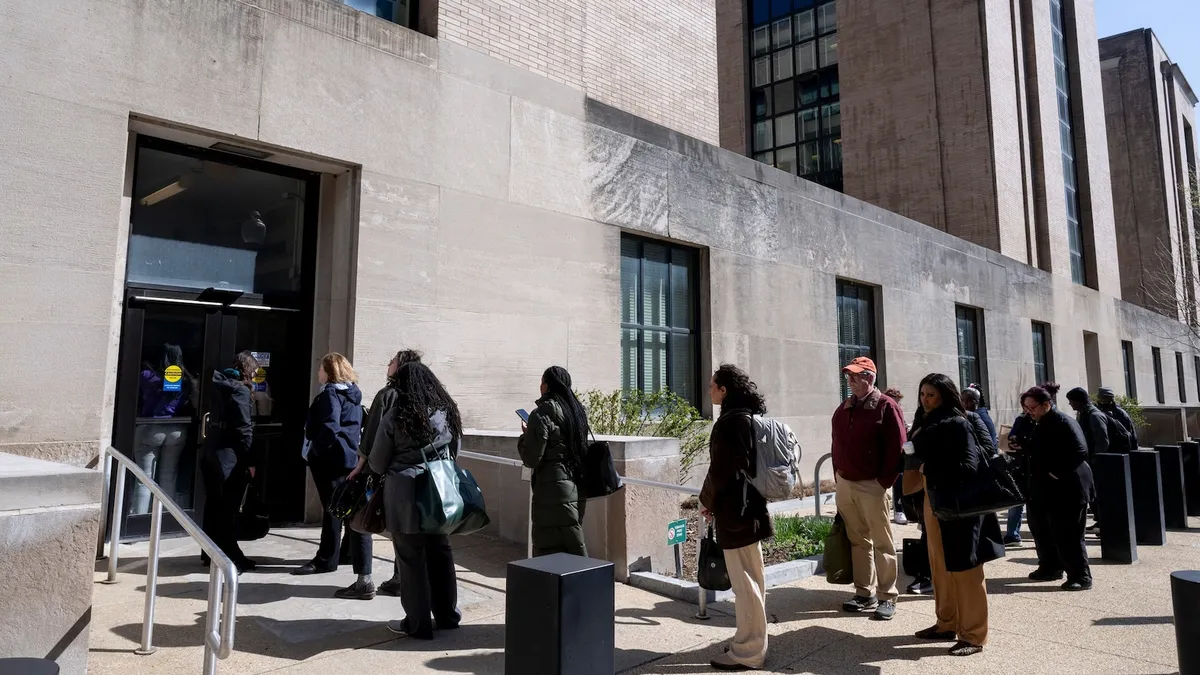
On Tuesday, employees at the Department of Health and Human Services (HHS) received alarming notices regarding a wave of mass layoffs. This significant announcement comes shortly after HHS Secretary Robert F. Kennedy Jr. revealed that approximately 10,000 employees would be losing their jobs. The layoffs will have a substantial impact on various critical sectors, including teams focused on tobacco use, mental health, and infectious disease.
The impending layoffs are expected to affect around 3,500 employees at the Food and Drug Administration (FDA) and 2,400 employees from the Centers for Disease Control and Prevention (CDC). This represents nearly one-fifth of the workforce at both of these vital public health divisions that operate under the HHS umbrella. The reduction in staffing levels raises concerns about the ability of these agencies to effectively manage public health initiatives and respond to emerging health challenges.
In total, when factoring in the approximately 10,000 employees who have already departed in recent months through early retirement or deferred resignation programs, the overall staffing at HHS is set to decline dramatically. The staff count will plummet from 82,000 to around 62,000, representing a staggering reduction of about one-fourth of its workforce. This significant cutback raises questions about the future capabilities of HHS in tackling key public health issues.
The mass layoffs at HHS signal a troubling trend in public health employment and resource allocation. As the agency grapples with these layoffs, stakeholders are concerned about the potential ramifications for public health services. The ongoing challenges posed by infectious diseases, mental health crises, and tobacco use prevention efforts could be exacerbated by the loss of such a large number of skilled professionals.
As the situation develops, the response from HHS and its ability to maintain effective public health responses will be closely monitored by both the public and health sector professionals. The consequences of these layoffs could extend far beyond the immediate job losses, affecting the overall health landscape in the country.